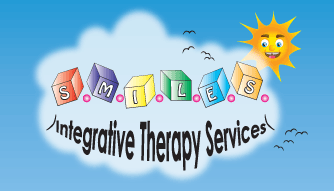When should I take my child off a bottle?
At what point should I stop allowing my child to use a binky or pacifier?
At around what age should my child begin speaking?
What can I do to encourage my child to eat vegetables?
What is a sign to know that my child has reflux?
My child seems to gag when he/she drinks. What is causing that?
My child refuses to eat when the family eats. How can I ensure they eat with the family?
Shouldn't my child transition to a sippy cup from his bottle?
What should I be concerned with in feeding a child with Down syndrome?
Why does my child continue to drool?
My child has hypotonia. Will this affect his/her speech, language, and feeding?
Should I breast feed or bottle feed?
Is there more than one therapy method available for treating Apraxia?
What is PROMPT and what does a therapist need to do to become PROMPT certified?
To become a PROMPT Certified Therapist is quite a tedious and stringent process. First, one must enroll in a 3-day long workshop and then return to their place of practice and utilize the technique for 4 months. After the end of four months, the ‘trainee’ must then complete a project of self critiques and video tapes and return this information to his/her instructors. The instructors review the information from that individual and decide what step they are ready for next. Options include resubmitting the project, retaking the introduction course, or enrolling in the next course, Bridging PROMPT: Technique to Intervention. Therapists may enroll in the final course only after practicing for a full 6-12 months after the completion of the initial course. After taking the 3 day Bridging course, trainees may refer to themselves as advanced PROMPT trained and must then practice for at least one full year before applying to take the certification exam. To complete the examination, the PROMPT trainee is required to complete a four month longitudinal project of analysis, program development and implementation, and critique of performance. This again is sent to the PROMPT Institute for review. They then determine if the PROMPT trainee passes or requires additional training. So, as you can see, it is a very structured, rigorous, and monitored program that not everyone is qualified to perform after attending one course. It is a new way to assess and deliver services to the motor disordered population, where the results are astounding. To learn more about PROMPT, visit The PROMPT Institute.


